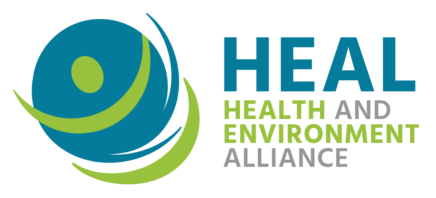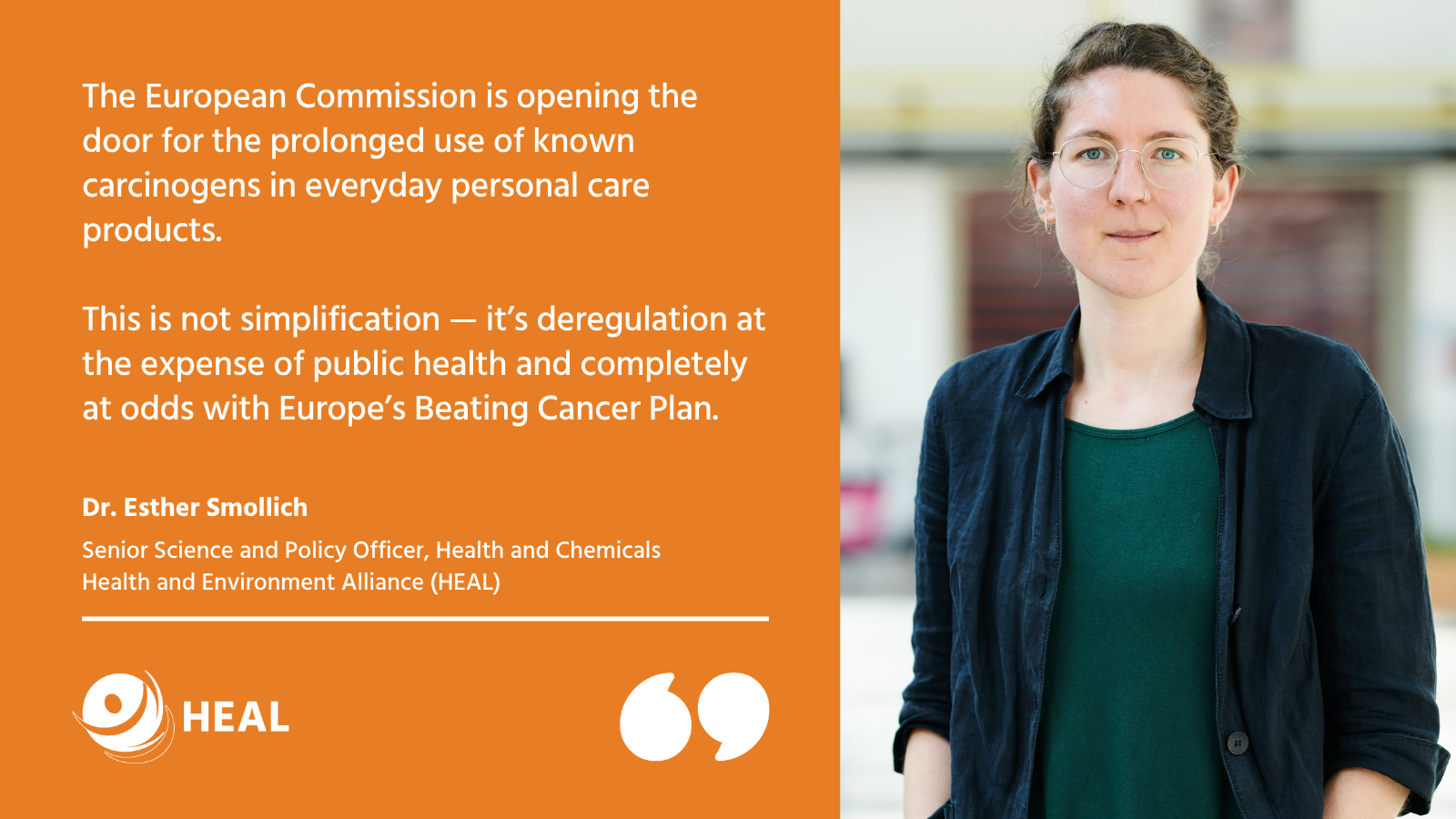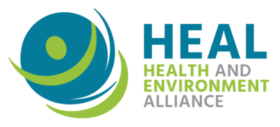Today’s publication of the European Commission’s chemicals omnibus confirms serious concerns: if pushed through the proposal will significantly weaken protections in the Cosmetic Products Regulation, allowing the prolonged use of carcinogens and other harmful chemicals in personal care products.
In a study published today in the journal Environmental Science: Processes & Impacts [1], a group of European and American scientists proposes a definition of “essential use” as a driver to more health-protective and efficient regulation of per- and polyfluoroalkyl substances (or PFAS).
From textiles to food contact materials, cosmetics, medical devices, or firefighting foams, PFAS – which encompass no less than 4,700 substances – are used in a wide variety of consumer products due to their water and stain repellent properties. However, they are highly persistent in the environment. Increasing scientific evidence has also linked PFAS exposure to a number of serious health impacts such as lower birth weight and size, reduced hormone levels and delayed puberty, decreased immune response to vaccines, obesity, testicular and kidney cancer, liver malfunction, hypothyroidism, or high cholesterol.
Several of these chemicals have already been listed as persistent organic pollutants (POPs) under the Stockholm Convention [2]. In 2015, through the publication of the Madrid Statement, a group of scientists called on international cooperation in order to limit PFAS production and use and develop safer alternatives [3].
According to the Health and Environment Health Alliance (HEAL), this approach of “essential use” could inspire current discussions on the identification of PFAS and the future regulation of other groups of substances of concern [4].
The study is being released in a context of intense discussions on Europe’s future chemicals agenda. On June 26th, European environment ministers are likely to to adopt on Council Conclusions on chemicals. The conclusions are expected to press the European Commission on its overdue obligation to develop a strategy for a non-toxic environment by 2018 under the 7th Environmental Action Programme and request development of an action plan to eliminate all non-essential uses of PFAS [5].
“It is crunch time for Europe’s chemicals agenda and this practical approach to characterise the uses of toxic PFAS can contribute to the ambitious overhaul of chemicals’ regulation that Europeans are calling for,” says Natacha Cingotti, HEAL’s Senior Policy Officer on health and chemicals.
“As environment ministers are negotiating Council Conclusions on chemicals, this study is another reminder that it is both urgent and possible for Europe to up its game in order to regulate entire classes of chemicals of concern more effectively, thereby preventing diseases and rewarding those companies who invest in safe alternatives.”
The proposed approach is based on the Montreal Protocol [6] and revolves around a characterisation of the essentiality of PFAS uses according to three categories:
- Uses not essential for health, safety, or functioning of the society;
- Uses performing important functions but for which equally performant and safer alternatives exist;
- Uses considered essential because they are necessary for health, safety, or other important societal purposes AND alternatives are not yet available.
On June 27th-28th, the European Commission is organising a High-Level Conference on the future of EU’s chemicals policy. However, the much-awaited outcome of the evaluation of all chemicals policies except REACH (the “non-REACH REFIT”), which civil societies deem essential for the discussions to take place during the conference, has not yet been released [7].



